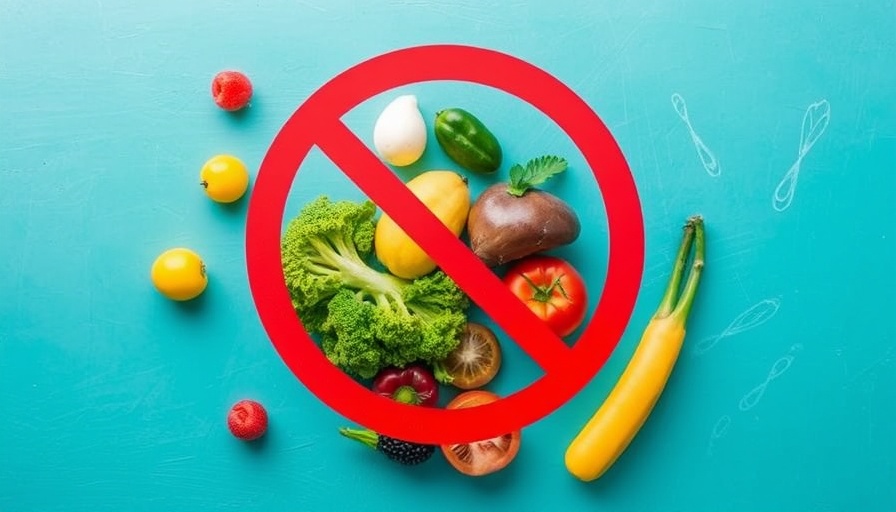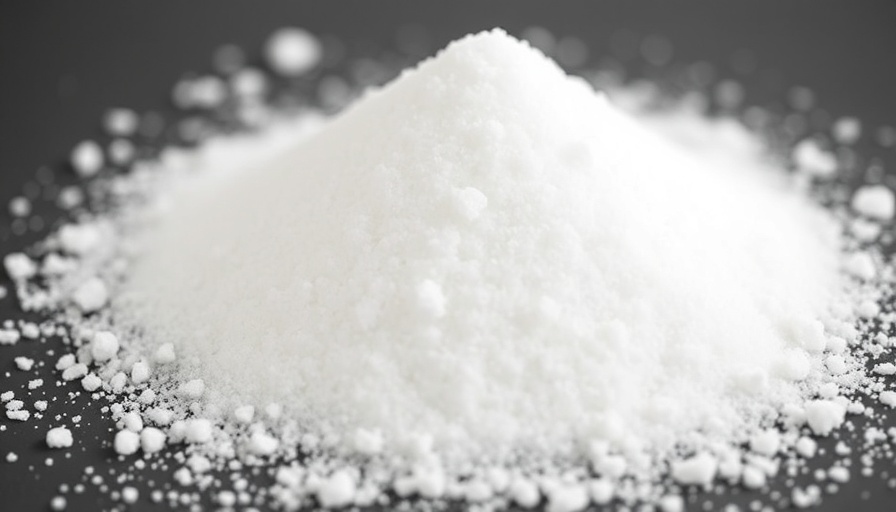
Navigating Food Choices on GLP-1 Medications
In recent years, GLP-1 medications have revolutionized the approach to weight management and metabolic health. While these medications help reduce appetite, they can also bring along some challenging side effects such as nausea and gastrointestinal discomfort. Understanding what to eat can significantly enhance the experience while on GLP-1s, allowing users to maintain their health goals without feeling worse.
Why Smaller Meals Matter
The reduced appetite that comes with GLP-1s makes calorie intake funnelling into smaller but nutrient-dense meals crucial. According to dietitian Melissa Jaeger, focusing on nutrient quality is more important than ever. Eating smaller, frequent meals filled with fruits, vegetables, lean protein, and whole grains can help mitigate side effects like nausea and promote wellness.
Prioritizing Lean Proteins to Preserve Muscle Mass
As weight loss is a key goal for many taking GLP-1s, it’s important to recognize that losing weight can sometimes mean losing muscle. To combat this, especially in the context of well-being and healthy aging, incorporating lean proteins into small meals is essential. Denise Hernandez, another expert in nutrition, emphasizes the need for high-quality protein sources, such as eggs, chicken, and legumes, to help preserve lean mass. These sources also support overall body function and strength, even with reduced meal sizes.
The Takeaway: Eating Smart on GLP-1s
Staying informed about dietary choices while on GLP-1 medications can make all the difference. Individuals on these regimens should focus on nutrient-rich, smaller meals that cater to their changing appetites. By doing so, they can manage side effects effectively while continuing their journey toward weight management and health.
 Add Row
Add Row  Add
Add 




Write A Comment